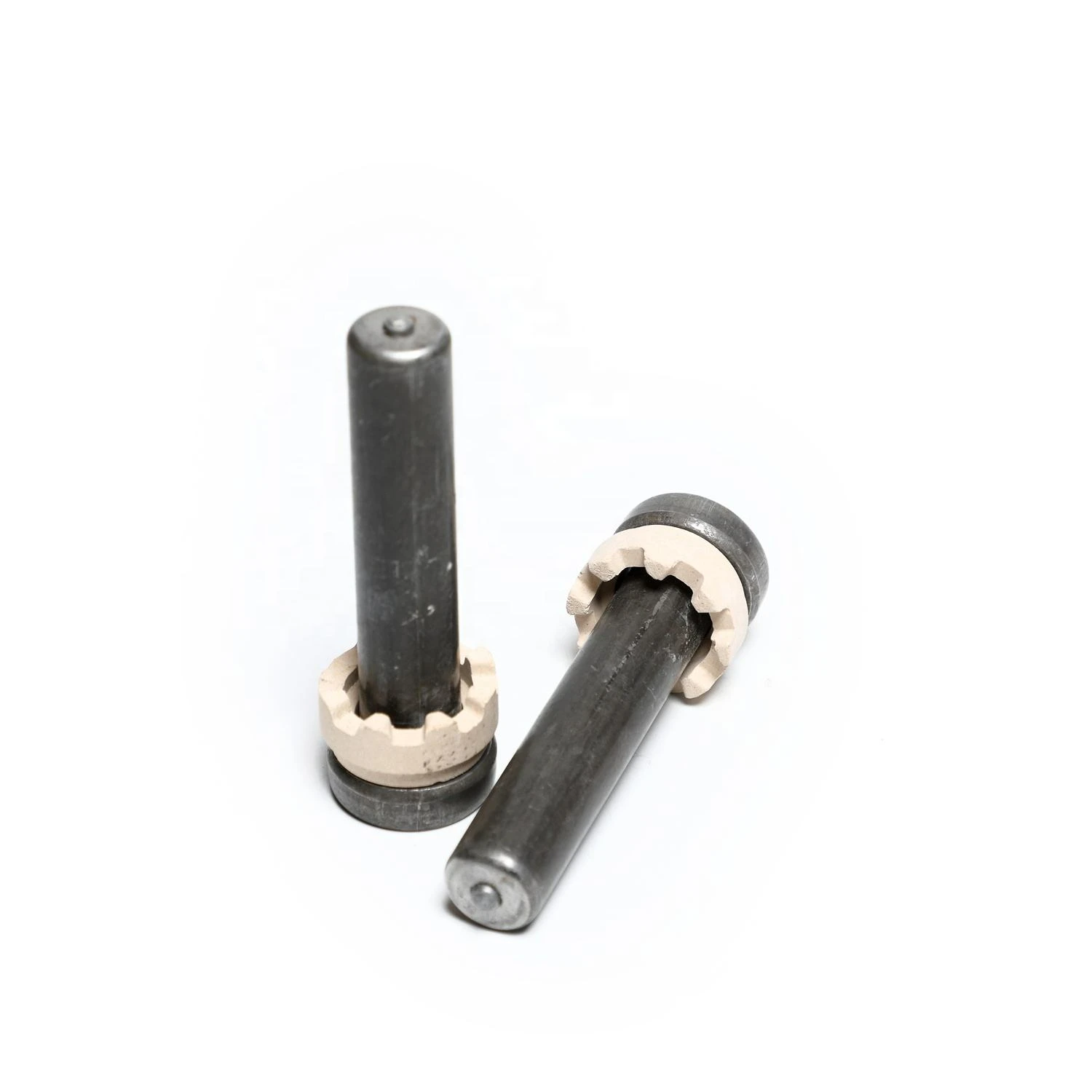

welding stud
نوفمبر . 24, 2024 16:50 Back to list
welding stud
Understanding Welding Studs A Crucial Component in Modern Construction
Welding studs are essential elements in the realm of construction and manufacturing, playing a pivotal role in joining materials and ensuring structural integrity. These small but powerful components are primarily used to attach components securely to a base material, allowing for efficient assembly and enhanced durability. In this article, we delve into the characteristics, types, applications, and advantages of welding studs.
Welding studs are cylindrical metal pins that can be welded to a substrate—typically steel or other metals—using various welding techniques, such as arc or stud welding. Once attached, a welding stud can serve multiple purposes, such as anchoring, fastening, or providing a stud for further assembly, which can include the attachment of nuts, washers, or other components. Their versatility makes them invaluable in many industries, including construction, automotive, aerospace, and shipbuilding.
One of the primary types of welding studs is the plain welding stud, which is used primarily for fastening applications
. These studs are smooth and straightforward, allowing for an easy attachment. Another common type is the threaded welding stud, which provides additional gripping force and allows for the attachment of additional components without the need for extra hardware. The ability to incorporate threads significantly enhances the stud’s functionality, catering to a wide range of fastening requirements.welding stud

The applications of welding studs are extensive. In the construction industry, they are often employed to secure railings, brackets, and various structural components, ensuring they remain firmly in place. In the automotive sector, welding studs are invaluable for mounting panels and other parts, contributing to the overall strength and safety of vehicles. Similarly, in the aerospace industry, lightweight yet robust welding studs provide critical attachment points for various aircraft components, promoting both safety and efficiency.
The advantages of using welding studs are manifold. For one, they create a strong, permanent bond between materials, minimizing the risk of failure due to loosening or unfastening over time. Additionally, welding studs can be installed quickly and easily, significantly reducing assembly time in manufacturing and construction processes. This efficiency not only cuts down labor costs but also improves overall project timelines.
Moreover, welding studs are adaptable to various environments and conditions. Their ability to resist corrosion and withstand high temperatures makes them ideal for use in challenging settings, such as outdoor construction sites or high-stress industrial environments. This durability ensures that welding studs maintain their integrity over time, providing long-lasting performance in diverse applications.
In conclusion, welding studs are indispensable components within many industrial sectors. Their strength, efficiency, and versatility make them suitable for a wide array of applications, from construction to automotive manufacturing. As industries continue to evolve and demand more robust and efficient solutions, the importance of welding studs is likely to grow, reinforcing their role as a cornerstone of modern engineering and design.
Latest news
-
Premium Self Tapping Metal Screws: Strong & Easy Install
NewsAug.02,2025
-
Premium Fasteners Manufacturer | AI-Driven Solutions
NewsAug.01,2025
-
Hot Dip Galvanized Bolts - Hebei Longze | High Strength, Corrosion Resistance
NewsAug.01,2025
-
High-Strength Hot Dip Galvanized Bolts - LongZe | Corrosion Resistance, Custom Sizes
NewsAug.01,2025
-
Best Self Tapping Screws for Drywall - Fast & Secure Installation
NewsJul.31,2025
-
High-Strength Hot Dip Galvanized Bolts-Hebei Longze|Corrosion Resistance&Customization
NewsJul.31,2025

